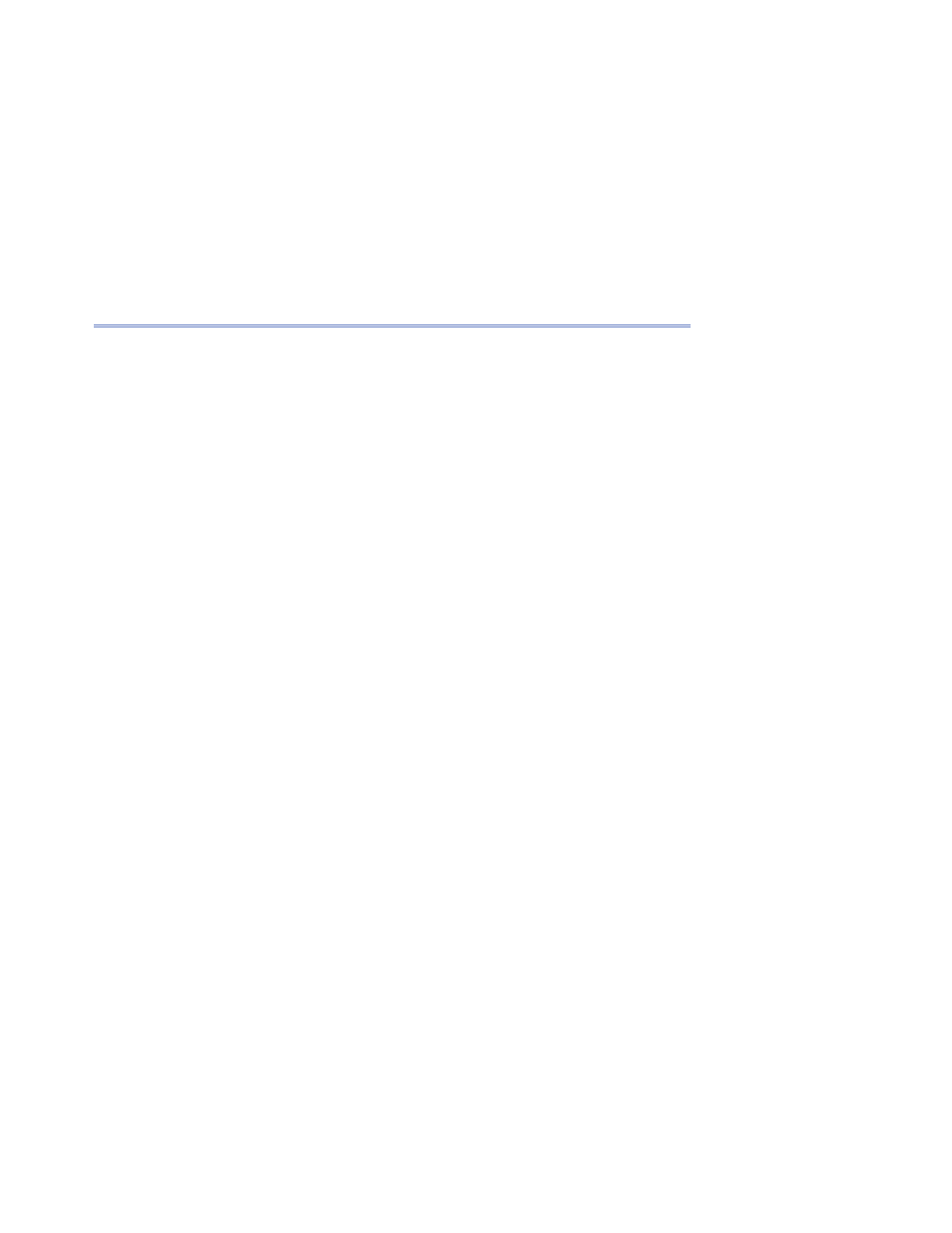Retrotec USACE User Manual
Page 323

Appendix F F29
pressure reading before and/or after the test was peculiar to that small
time period only. When bias pressures were re-measured they would be
very different causing all results to be corrected erroneously. Testing in
both directions and averaging the results tended to cause the bias pres-
sure effects to cancel out.
Bias pressures taken with 30 second averaging would vary markedly from
5.
one sample to the next.
F.12.3 Conclusions
F.12.3.1 General
The classic ASTM set of test points from 10 to 60 Pa was unacceptable
1.
under windy conditions.
The preferred test method is to test in both directions, from 25 to 50 Pa
2.
up to a maximum of 75 Pa. Allow for larger bias pressures by taking
numerous readings to establish a test point over at least 10 seconds and
then taking 12 test points in total. Then the door fan readings would be
taken over a time period that is twice as long.
If testing in both directions is not possible due to the equipment charac-
3.
teristics, then pressurize only readings would be acceptable, but the test
must be from 50 to 75 Pa.
ASTM encourages testing under ideal weather conditions to keep bias pres-
sures to a minimum, but these ideal conditions are seldom experienced in tall
buildings due to their height, increasing the likelihood that the test will be
canceled. A more robust procedure is required to handle bias pressures that
allow buildings to be tested in virtually any weather conditions short of storms.
ASTM makes small corrections for temperature, barometric pressure, and
elevation that do not help much with overall accuracy, but give the impression
of accuracy. The overriding source of accuracy and repeatability is due to bias
pressure.
F.12.3.2. Testing in Both Directions
The Preferred Way To Eliminate Bias Pressure Problems Is To Test The Build-
ing In Both The Pressurization And Depressurization Directions And Average
The Results. Bias Pressure Errors Are Non Linear And Cannot Be Properly
Allowed For By Merely Subtracting The Bias From The Reading. Testing In
Both Directions Cancels Out These Errors Very Effectively Thus Tolerating
Much Larger Bias Pressures, Up To 30 Percent Of The Lowest Test Pressure.
F.12.3.3. Allowance to Test in One Direction Only
Making allowances for testing in only one direction acknowledges that very
large buildings may require truck- or trailer-mounted blower equipment that
logistically will not easily allow testing in both positive and negative directions.
